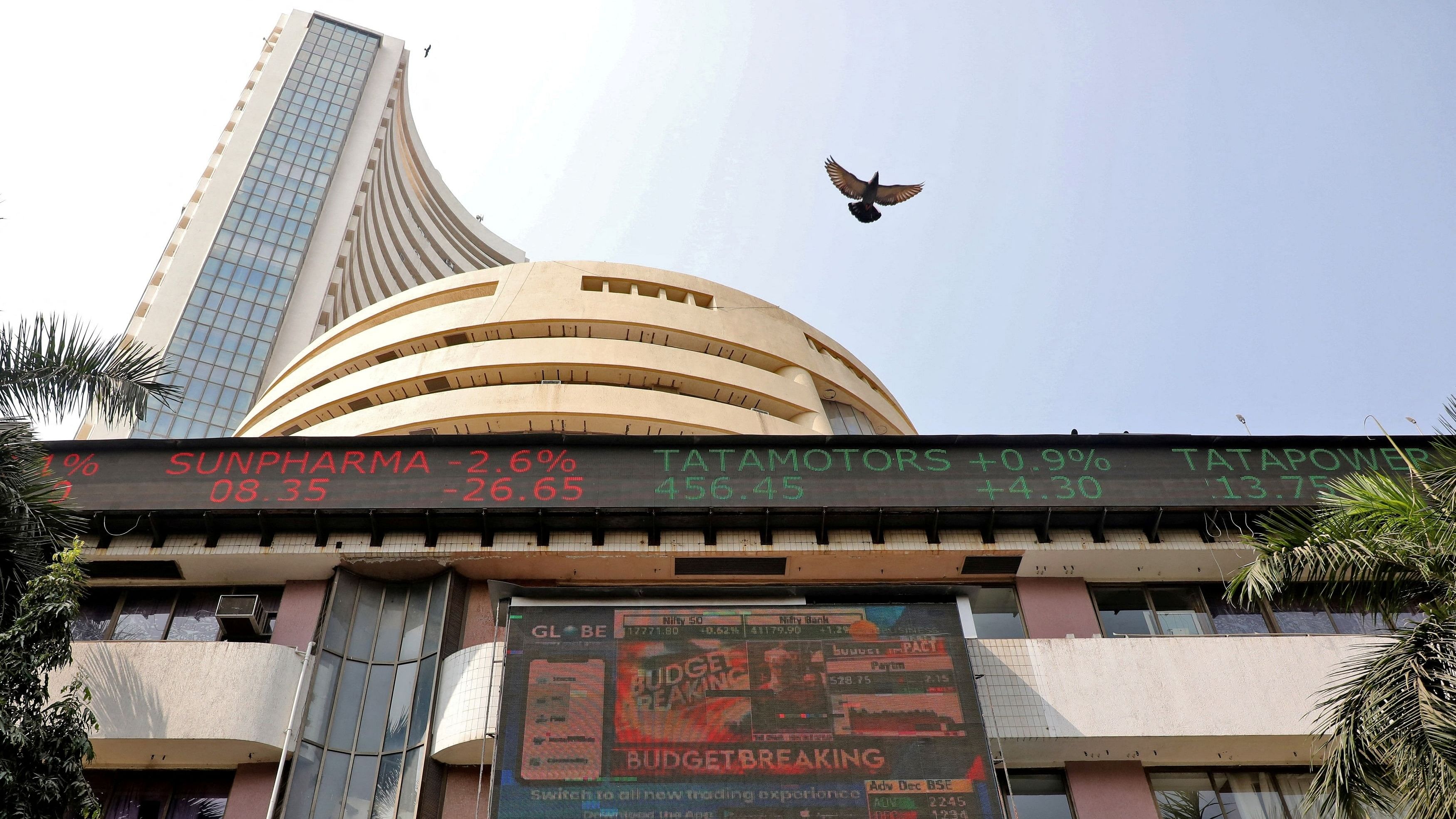
Representative image of Stock Exchange.
Credit: Reuters Photo
The stock market is a widely regarded barometer for measuring economic performance. Stock market returns are seen to reflect the aggregate impact of the economic policies of the government, the political orientation of the party in power, and the style of leadership of the party.
In this context, a recent infographic that presented information on stock market returns during the regime of different Prime Ministers caught our attention. On closer scrutiny, we found that to be able to draw any meaningful inference about the comparative economic performance under different regimes or PMs, we needed to refine the analysis significantly.
We decided to use the annual return and the volatility of annual return as the parameters for comparison of assessment of different regimes via the stock market. The period of our analysis was from July 1979 to January 2024, covering 14 contiguous regimes of Prime Ministers of India, from Charan Singh to Narendra Modi’s two terms so far. This is because 1979-80 also formed the constant base year for all the subsequent Sensex indices.
The performance of the market was measured by using the returns on the BSE market index, Sensex. The annual returns and the volatility of annual returns for the 14 regimes, in chronological order, are presented in Table 1.
The average annual return on Sensex for the entire period from 28 July 1979 to 31 January 2024 was 14.24% (spanning 16,257 days). The average volatility of annual return for the entire period was 23.58%. The returns and volatility
were arrived at by using the daily Sensex data for the entire period under study.
As it is impossible to deliver results over very short tenures, we decided to disregard prime ministerial tenures of a year or less for our investigation. That narrowed down the focus to eight tenures of six Prime Ministers: Indira Gandhi, Rajiv Gandhi, Narasimha Rao, Atal Bihari Vajpayee, Manmohan Singh (two terms), and Narendra Modi (two terms), spanning across eight terms -- five of Congress or Congress-led coalitions and three of BJP or BJP-led coalitions.
The average annual return for the Congress-led five terms at about 17.3% is double the average annual return of 8.9% for the BJP-led three terms. The average volatility of annual return for the Congress-led five terms at 23.32% was only marginally higher than the 20.16% for the BJP-led three terms. This implies that the risk perception of the market was almost similar for the two regimes.
It is generally believed that Congress-led governments were influenced by socialistic principles while the BJP-led governments were influenced by capitalist principles. Congress opted for a mixed economy by setting up PSUs and adopted the use of subsidies for a more egalitarian economic development paradigm. The policies started moving toward a greater role for the private sector only after the process of liberalisation was set in motion in the 1990s. The BJP-led governments continued the process. In this context, our investigation through analysing the performance of the stock market in the two regimes becomes interesting.
Are economic policies that attempt inclusive growth, whereby the benefits of growth are shared with the socially underprivileged, more effective for India, compared to policies that are based on growth led by the privileged class,
in the belief that the benefits
will trickle down to the less
privileged?
If that be the case, then the hype associated with Sensex surpassing 70,000, and the Indian economy being on its way to becoming a $5 trillion economy should be viewed with some circumspection. Such hyped-up headlines are inconsequential for the economic and social fundamentals needed by the country. Perhaps the stock market is largely immune to excessive political rhetoric, and instead it rewards a climate of lesser socio-economic disparity. Could this be the reason for the higher returns during the socialist regimes?
As reflected in its fustian messaging, the BJP-led government is increasingly recognising the need to infuse socialist principles in its policies. The government’s approach is, however, somewhat mixed and still tilted toward the privileged class. While we see several welfare schemes, we also see extreme favours granted to a handful of industrialists. Is it possible that the performance of the stock market (and the economy) would have been better, had the government followed more egalitarian and socially inclusive policies? This is a hypothesis that is worth debating and investigating.
A very different perspective emerges from the case of Italy. That country has witnessed 69 governments and counting, since World War II, with an average tenure of 1.1 years. Despite such frequent regime changes, Italy’s economy continues to chug along relatively independently of which party and which government holds the reins of the country. Is it possible that India, too, is entering a phase where the economic performance becomes relatively independent of the government in power? The answer to this question lies in the lap of the future.
(The writers are respectively former Director, IIM-Ahmedabad, and former president, ING Vysya Bank, and both are also former Professors of Finance, IIM-Ahmedabad)